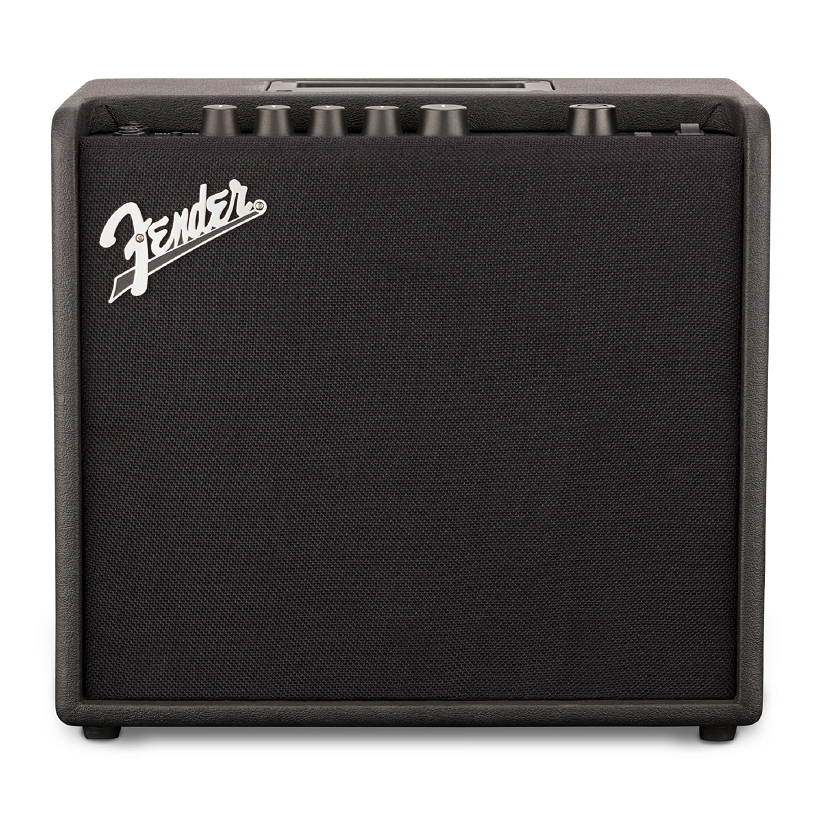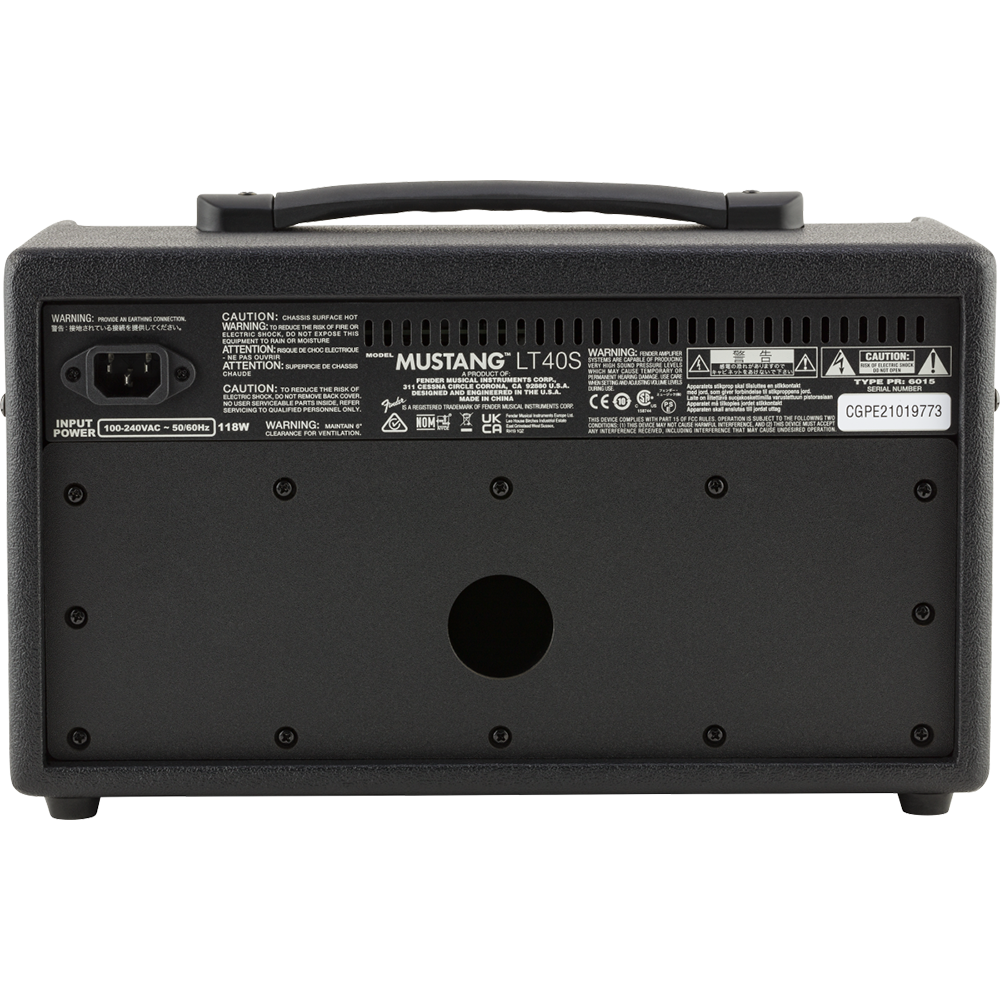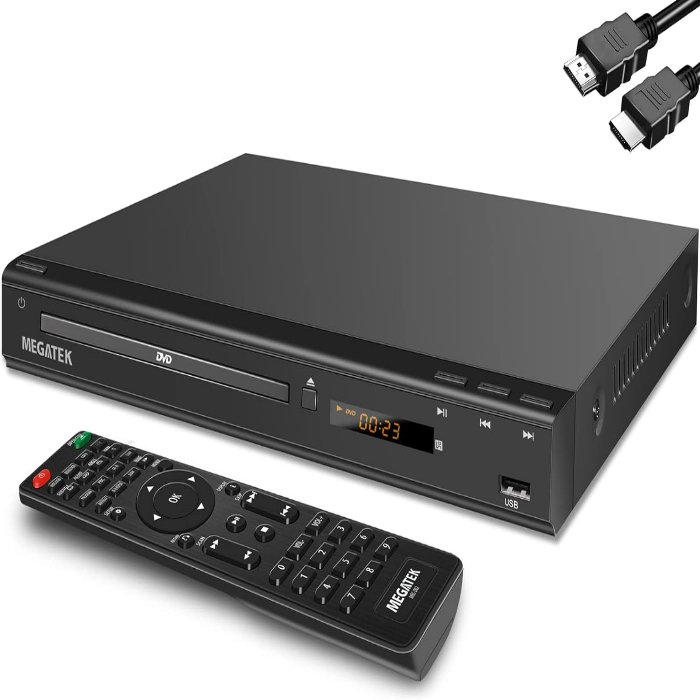Fender amplifiers have been a staple in the music world for decades. They excite sound engineers and musicians alike. Their reputation for quality is unmatched. From rock to jazz, these amps power a wide range of music. Let’s delve into their history, construction, and variety.

History of Fender Amplifiers
Fender Musical Instruments Corporation began in the early 1940s. Leo Fender created a new sound. His amplifiers changed music. In the 1950s, the Fender Princeton and Fender Bassman gained popularity. Musicians loved their warm tone.
The Stratocaster electric guitar, released in 1954, paired perfectly with Fender amps. Guitarists like Buddy Holly and Eric Clapton showcased the sound. The Fender Twin Reverb, launched in 1963, became iconic. It provided lush reverb and rich tones. This amp remained a favorite among professionals in various genres.
In the 1970s, Fender embraced new technology. Solid-state amps began to emerge. While some purists preferred vacuum tubes, solid-state amps offered reliability and affordability. Fender adapted to the changing market, introducing models like the Fender Stage 100.
Building Blocks of Fender Amps
Fender amplifiers stand out due to careful construction. The main components include the power section, preamp section, and speaker. The power section amplifies the signal. The preamp shapes the tone, giving each amp its unique character. The speaker projects sound into the room, completing the circuit.
Most Fender amps use vacuum tubes. These tubes contribute to the warm, rich sound many players love. Companies often mix traditional components with modern designs. This blend creates both nostalgic and contemporary sounds.
Construction quality sets Fender apart. They use durable materials. Whether it’s the cabinet or the knobs, Fender amps are built to last. Musicians appreciate the attention to detail. The components are carefully designed to provide optimal performance.
Fender also considers usability. Many amps feature simple controls for easy adjustments. This simplicity allows musicians to focus on playing. Players don’t want to struggle with complicated settings. They need fast access to their desired tone.
Types of Fender Amplifiers
Fender offers various amplifiers to suit different needs. Their lineup includes tube amps, solid-state amps, and modeling amps. Each type has its strengths. Understanding these can help musicians select the right model.
Tube Amplifiers
Tube amplifiers are beloved for their organic sound. They produce warmth and depth. Many professional guitarists favor these amps. The Fender Hot Rod Deluxe is a popular choice. With its 40 watts of power, it can handle small gigs and large venues.
Tube amps have a unique compression when pushed hard. This results in a pleasing distortion. Musicians often use this to their advantage. It adds character to solos and rhythm playing.
However, tube amps require maintenance. Musicians need to replace tubes periodically. This can be seen as a downside, but many players embrace this as part of the process. The effort enhances their connection to the equipment.
Solid-State Amplifiers
Solid-state amplifiers offer reliability. They use transistors instead of tubes. This makes them less fragile and often more affordable. Solid-state amps also produce a cleaner sound at lower volumes.
The Fender Champion series exemplifies solid-state technology. These amps are user-friendly and versatile. They come with built-in effects and settings for various styles. Beginner players often gravitate toward the Champion series for this reason.
Despite their advantages, some musicians claim solid-state lacks warmth. They may prefer the character of a tube amp. Each type of amp serves different players’ needs. Thus, knowing the differences helps musicians make informed choices.
Modeling Amplifiers
Modeling amplifiers are the latest innovation. They use digital technology to emulate the sounds of various amplifiers. The Fender Mustang series leads this segment. These amps can mimic tube sounds and offer built-in effects.
Musicians love modeling amps for their flexibility. They can easily switch between tones. This is ideal for players who explore different genres. Additionally, they often come with USB connectivity. This feature allows for recording directly to a computer.
However, while versatile, modeling amps may lack the organic feel of tube amps. Some players feel these amps can sound artificial. Yet, they remain a popular choice for many.
Famous Fender Amplifier Models
Certain Fender amplifier models stand out in music history. These models define genres and symbolize creativity. Understanding these classic amps can inspire musicians.
The Fender Twin Reverb
The Fender Twin Reverb, launched in the 1960s, is legendary. It offers a powerful 85 watts of sound. Musicians adore its stunning clean tone. The built-in reverb and tremolo effects add depth. Many artists, from Stevie Ray Vaughan to U2, have used it on stage.
The Twin Reverb excels in both studio and live settings. Its dynamic range allows for expressive playing. Players can achieve bright highs and controlled lows. This makes it a versatile choice for any genre.
Audio engineers appreciate its reliability. The Twin Reverb can handle heavy use without sacrificing quality. This durability makes it a go-to for touring musicians. Just its simple controls appeal to both beginners and professionals alike.
The Fender Deluxe Reverb
Another classic, the Fender Deluxe Reverb is well-loved among rock and blues artists. Released in the 1960s, it packs 22 watts. While it is less powerful than the Twin, its tonal quality is stunning.
The Deluxe Reverb delivers clarity and warmth. This amp can produce soulful clean tones. Adding a touch of distortion yields beautiful bluesy overdriven sound. Musicians appreciate its lightweight and portability, making it easy to transport.
Artists like Jeff Beck and Eric Clapton have chosen the Deluxe Reverb for their performances. Its rich history and renowned sound continue to influence new generations. The versatility of the Deluxe Reverb makes it an enduring favorite.
The Fender Bassman
The Fender Bassman has become synonymous with bass music. Initially designed for guitar players, the Bassman revolutionized sound when bass guitar became popular. It provides warm bass tones and crisp mids.
The original Bassman was introduced in 1952. Over the years, different versions developed, including the 100-watt and the 300-watt bass amps. Today, it’s touted as one of the first-ever bass amplification systems.
Famous bassists such as John Paul Jones and Roger Waters have utilized the Bassman. The amp’s dynamic capabilities make it perfect for heavy grooves. Its historical significance continues to inspire artists aiming to capture the essence of classic rock.
Maintaining Your Fender Amplifier
Owning a Fender amplifier comes with responsibilities. Regular maintenance ensures longevity and optimal performance. Musicians want reliable sound on stage. A little care can go a long way.
Routine Checks
Regular checks are essential. Inspect the exterior for damages. If you notice a dent or scratch, address it immediately. Clean the knobs and speaker front to maintain appearance. Keeping your amp clean prevents dust accumulation, which can affect performance.
The most critical component of maintenance involves tubes. For tube amplifiers, ensure proper functioning by checking them often. Replace any faulty tubes to avoid affecting sound quality.
Solid-state amps require less maintenance, but it’s still important. Check connections regularly to avoid issues. Ensure power cords and inputs are intact.
Storage
Proper storage extends the life of your Fender amp. If you’re not using it, cover it with a cloth. Store it in a cool, dry place. Avoid extreme temperatures, which can damage components.
When transporting, use a padded gig bag. Protect your amp from impacts. Consider a flight case for added protection. This small investment prevents bigger repair costs down the line.
Professional Servicing
Sometimes, you might need professional servicing. If issues arise, consult with a qualified technician. They can identify issues that might not be apparent. Regular servicing ensures your amplifier remains in peak condition.
Many guitar shops offer maintenance for amplifiers. Find a trusted technician who understands Fender models. Taking preventive action means fewer unexpected performance issues later.
Conclusion
Fender amplifiers have played a crucial role in the music industry. They reflect a rich history of innovation and artistry. From classic tube models to modern digital solutions, there’s a Fender for every musician. Understanding their evolution, construction, and features helps players make informed choices.
Whether you’re a beginner or a seasoned professional, finding the right amp is vital. Fender amplifiers create connections between musicians and their music. With compatible construction, a range of tones, and historical significance, they truly shine in the world of sound.
Invest in a Fender amp for solid sound and reliability. Keeping it well-maintained will allow you to enjoy beautiful music for years to come. Each note you play echoes the legacy of Fender—a legacy grounded in creativity and passion. As you plug in, remember the rich history behind your amplifier and the artists who paved the way. Engage with your amp, and let your music resonate.




